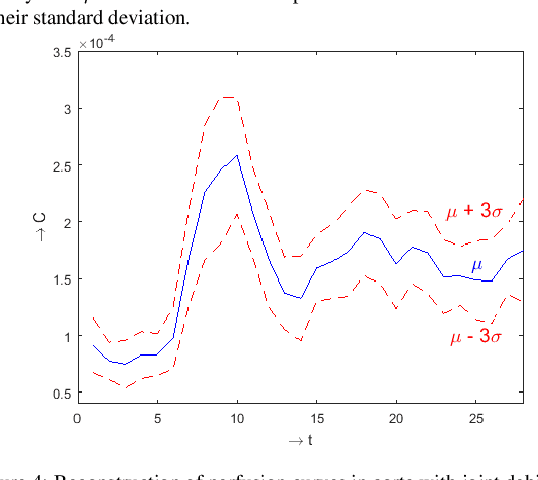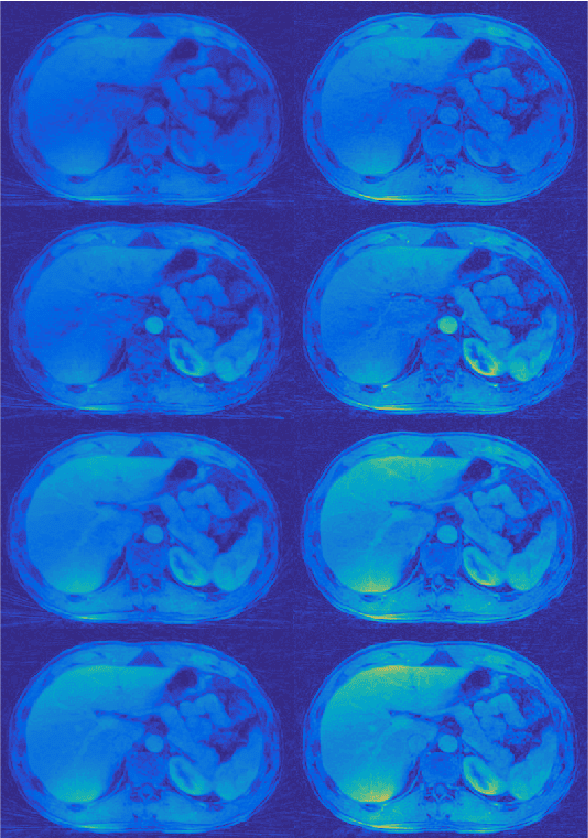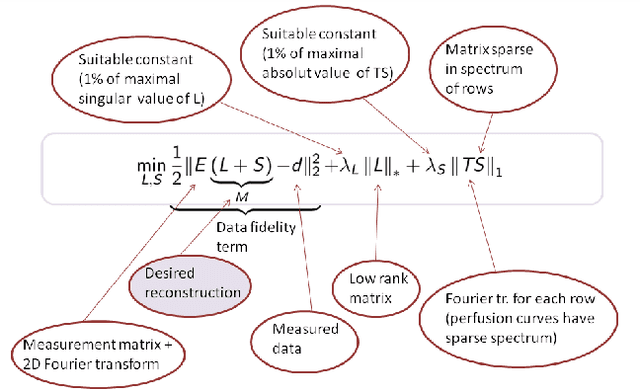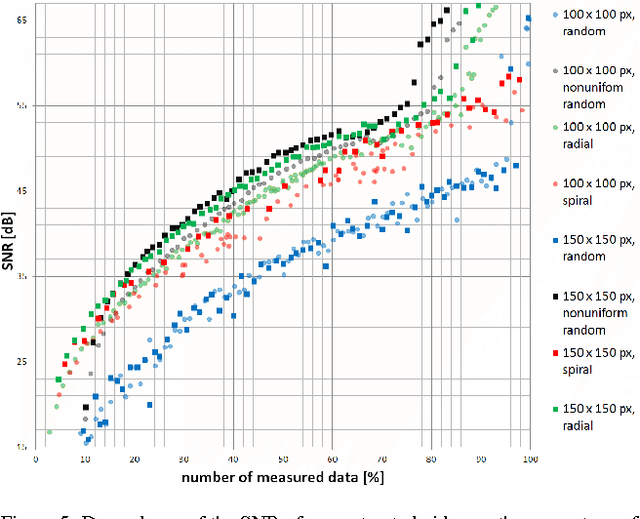L. Jacques
Proceedings of the third "international Traveling Workshop on Interactions between Sparse models and Technology"
Sep 14, 2016

Abstract:The third edition of the "international - Traveling Workshop on Interactions between Sparse models and Technology" (iTWIST) took place in Aalborg, the 4th largest city in Denmark situated beautifully in the northern part of the country, from the 24th to 26th of August 2016. The workshop venue was at the Aalborg University campus. One implicit objective of this biennial workshop is to foster collaboration between international scientific teams by disseminating ideas through both specific oral/poster presentations and free discussions. For this third edition, iTWIST'16 gathered about 50 international participants and features 8 invited talks, 12 oral presentations, and 12 posters on the following themes, all related to the theory, application and generalization of the "sparsity paradigm": Sparsity-driven data sensing and processing (e.g., optics, computer vision, genomics, biomedical, digital communication, channel estimation, astronomy); Application of sparse models in non-convex/non-linear inverse problems (e.g., phase retrieval, blind deconvolution, self calibration); Approximate probabilistic inference for sparse problems; Sparse machine learning and inference; "Blind" inverse problems and dictionary learning; Optimization for sparse modelling; Information theory, geometry and randomness; Sparsity? What's next? (Discrete-valued signals; Union of low-dimensional spaces, Cosparsity, mixed/group norm, model-based, low-complexity models, ...); Matrix/manifold sensing/processing (graph, low-rank approximation, ...); Complexity/accuracy tradeoffs in numerical methods/optimization; Electronic/optical compressive sensors (hardware).
Generalized Inpainting Method for Hyperspectral Image Acquisition
Feb 06, 2015



Abstract:A recently designed hyperspectral imaging device enables multiplexed acquisition of an entire data volume in a single snapshot thanks to monolithically-integrated spectral filters. Such an agile imaging technique comes at the cost of a reduced spatial resolution and the need for a demosaicing procedure on its interleaved data. In this work, we address both issues and propose an approach inspired by recent developments in compressed sensing and analysis sparse models. We formulate our superresolution and demosaicing task as a 3-D generalized inpainting problem. Interestingly, the target spatial resolution can be adjusted for mitigating the compression level of our sensing. The reconstruction procedure uses a fast greedy method called Pseudo-inverse IHT. We also show on simulations that a random arrangement of the spectral filters on the sensor is preferable to regular mosaic layout as it improves the quality of the reconstruction. The efficiency of our technique is demonstrated through numerical experiments on both synthetic and real data as acquired by the snapshot imager.
Proceedings of the second "international Traveling Workshop on Interactions between Sparse models and Technology" (iTWIST'14)
Oct 09, 2014



Abstract:The implicit objective of the biennial "international - Traveling Workshop on Interactions between Sparse models and Technology" (iTWIST) is to foster collaboration between international scientific teams by disseminating ideas through both specific oral/poster presentations and free discussions. For its second edition, the iTWIST workshop took place in the medieval and picturesque town of Namur in Belgium, from Wednesday August 27th till Friday August 29th, 2014. The workshop was conveniently located in "The Arsenal" building within walking distance of both hotels and town center. iTWIST'14 has gathered about 70 international participants and has featured 9 invited talks, 10 oral presentations, and 14 posters on the following themes, all related to the theory, application and generalization of the "sparsity paradigm": Sparsity-driven data sensing and processing; Union of low dimensional subspaces; Beyond linear and convex inverse problem; Matrix/manifold/graph sensing/processing; Blind inverse problems and dictionary learning; Sparsity and computational neuroscience; Information theory, geometry and randomness; Complexity/accuracy tradeoffs in numerical methods; Sparsity? What's next?; Sparse machine learning and inference.
 Add to Chrome
Add to Chrome Add to Firefox
Add to Firefox Add to Edge
Add to Edge